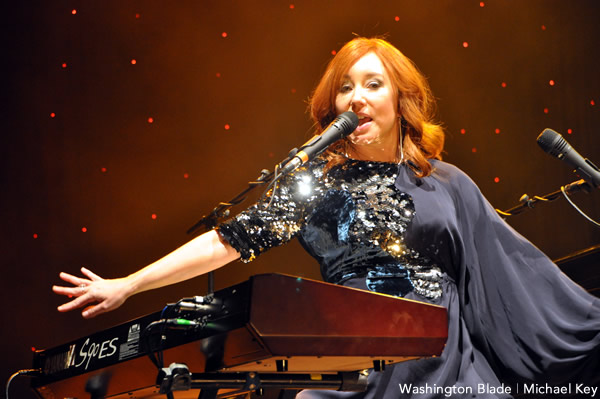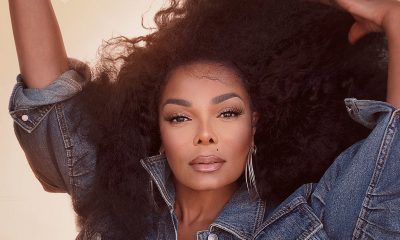Arts & Entertainment
Notes from the stage
Gays, allies worked the region with memorable concerts in 2011

Washington is always a big concert town — most major tours have stops here — but this year was especially teeming with gay and gay-friendly big-name musical acts. There was such an abundance of options, some evenings — like July 31 when Dolly Parton was at Wolf Trap and Britney Spears was at the Verizon Center or Sept. 1 when Stevie Nicks was at Jiffy Lube (Nissan) and Olivia Newton-John was in Baltimore — music fans had to make tough choices.
I didn’t get to everything but did see a lot. Among the highlights:
• Janet Jackson brought her “Up Close and Personal Tour” to DAR for two nights in March. Significantly scaled back from the previous “Rock Witchu Tour,” it was still a hits-packed extravaganza that followed her usual medley-heavy format. Glimpses of Michael — on duet “Scream” and in a childhood shot during “Together Again,” were especially poignant.
• A trim and svelte Jennifer Holliday (“Dreamgirls”) was here twice — she performed with the Gay Men’s Chorus of Washington June 4, then was back the next weekend to play Pride for a MIA Kelly Rowland. Her powerful, growl-heavy vocals were as solid as ever. She and the Chorus brought down the house with soulful covers of “Lean on Me” and “I Believe I Can Fly.” Rhianna was in Baltimore the same night.
• Gay crooner Michael Feinstein brought his booming baritone to the Kennedy Center in April for a delightful old-school-infused evening of standards, Sinatra and more.
• Also sporting a much-trimmer figure, Aretha Franklin played an odd-but-enjoyable Wolf Trap show June 21. That rainy, muggy night found the Queen ignoring all her trademark hits in favor of show tune covers (“As If We Never Said Goodbye” for one) and second-tier favorites (“Baby I Love You”). For long-time fans, it was a refreshing change of pace. First-timers were likely disappointed not to hear “Respect” and “Natural Woman.”
• Two local gay talents played cabaret shows at Signature Theatre in late July — Will Gartshore and Peter Fox and, while both good, were a study in contrasts. Gartshore’s booming voice carried an autobiographical show. Fox won the crowd over with his charm and unpretentiousness during a standards-heavy set.
• It was hard to tell how much of Dolly Parton’s “Better Days World Tour,” which stopped down at Wolf Trap in July, featured live singing but you have to give her this — at two-and-a-half hours, it was a generous evening that found the Blue Valley Songbird darting through covers (“River Deep Mountain High”), hits (“9 to 5,” “Islands in the Streams”), gospel, bluegrass and more.
• ‘90s hit-maker Joan Osborne was at the Birchmere in August with an unpredictable, eclectic 90-minute set. “Relish” classics (“One of Us” and “St. Theresa”) coalesced nicely with covers and lesser-known recent material.
• She doesn’t tear it up like she did in the old days, but what Stevie Nicks lacks in passion and grit, she’s made up for in pitch and finesse. Her “In Your Dreams Tour,” supporting her amazing 2011 new album (her first in a decade), found the Fleetwood Mac singer taking her time, giving her band plenty of chances to shine and balancing a wealth of cuts from the new album with trademark Mac and solo hits like barnburner “Edge of Seventeen” and “Rumors”-era wonder “Gold Dust Woman.”
• One of the year’s most exquisite musical moments was undoubtedly Patti LuPone’s simple one-woman cabaret show “Shoulda, Woulda, Coulda” at University of Maryland in early September. Wearing simple black, the stark stage featured only a Steinway grand, an adept accompanist, a vase of roses and LuPone’s undiminished talent. And with that kind of voice and interpretive skill, no other bells and whistles were needed. Knowledge of LuPone’s life and battles gave her cover of Sinatra’s “My Way” added subtext.
• Just weeks later, another Broadway legend — Audra McDonald — gave a similar show at the Kennedy Center. In fine voice, she focused on lesser-known (but hardly obscure) material and previewed her upcoming “Porgy and Bess.”
• Loretta Lynn, who’d canceled in the spring, made it to the 9:30 club in mid-October. Prospects were dicey — she’d been off the road most of the year and lost her voice halfway through the night before — but she delivered brilliantly, shared her trademark self-deprecating wit with the crowd and after a few songs, just took requests pretty much the rest of the night.
• Cyndi Lauper was back at the 9:30 club again this year just days after Lynn and tore through a ferocious 80-minute set on which she balanced smoldering blues classics from her latest album with fiery new arrangements of her trademark hits. The tour, albeit with an alternate set list, is out on DVD.
• Lesbian country singer Chely Wright sat on a bar stool two nights later at the Birchmere throughout a story-heavy set. It was as much “Storytellers” as concert but that worked — Wright, who just came out last year, has a lot to say. Occasionally long winded, the overall effect was greater appreciation for her life and songs.
Other acts that played the region this year included Lady Gaga, Kathy Griffin, Kylie Minogue, Scissor Sisters, Blondie, Indigo Girls, k.d. lang, Dave Koz (twice!), Pink Martini (twice!), Melissa Etheridge, Ani DiFranco, John Waters, Catie Curtis, Kate Clinton and more.
Sports
Bisexual former umpire sues Major League Baseball for sexual harassment
Brandon Cooper claims female colleague sexually harassed him
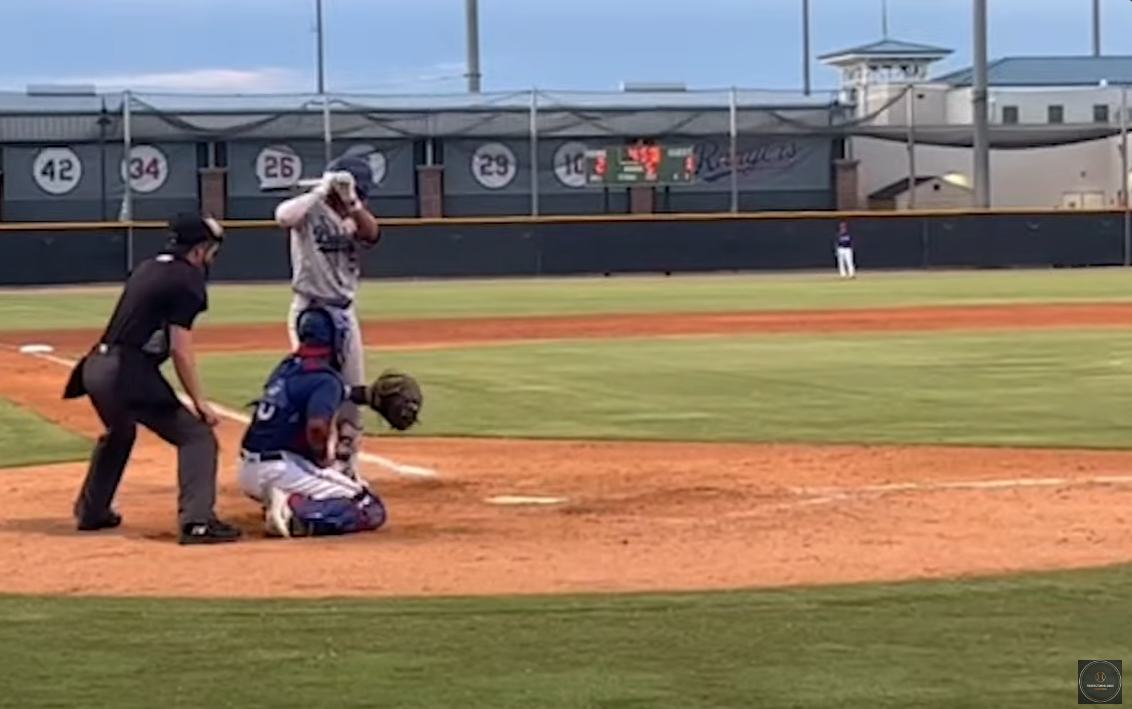
A fired former umpire is suing Major League Baseball, claiming he was sexually harassed by a female umpire and discriminated against because of his gender and his sexual orientation.
Brandon Cooper worked in the minor league Arizona Complex League last year, and according to the lawsuit he filed Wednesday in federal court in Manhattan, he identifies as bisexual.
“I wanted my umpiring and ability to speak for itself and not to be labeled as ‘Brandon Cooper the bisexual umpire,’” he told Outsports. “I didn’t want to be labeled as something. It has been a passion of mine to simply make it to the Major Leagues.”
But that didn’t happen. Instead of being promoted, he was fired. His suit names MLB and an affiliated entity, PDL Blue, Inc., and alleges he had endured a hostile work environment and wrongful termination and/or retaliation because of gender and sexual orientation under New York State and New York City law.
“Historically the MLB has had a homogenous roster of umpires working in both the minor and major leagues,” Cooper claims in his suit. “Specifically, to date there has never been a woman who has worked in a (regular) season game played in the majors, and most umpires are still Caucasian men. To try to fix its gender and racial diversity issue, defendants have implemented an illegal diversity quota requiring that women be promoted regardless of merit.”
Cooper claims former umpire Ed Rapuano, now an umpire evaluator, and Darren Spagnardi, an umpire development supervisor, told him in January 2023 that MLB had a hiring quota, requiring that at least two women be among 10 new hires.
According to the suit, Cooper was assigned to spring training last year and was notified by the senior manager of umpire administration, Dusty Dellinger, that even though he received a high rating in June from former big league umpire Jim Reynolds, now an umpire supervisor, that women and minority candidates had to be hired first.
Cooper claims that upon learning Cooper was bisexual, fellow umpire Gina Quartararo insulted him and fellow umpire Kevin Bruno by using homophobic slurs and crude remarks. At that time, Quartararo and Cooper worked on the same umpiring crew and being evaluated for possible promotion to the big leagues.
This season, Quartararo is working as an umpire in the Florida State League, one of nine women who are working as minor league umpires.
Cooper said he notified Dellinger, but instead of taking action against Quartararo, he said MLB ordered Cooper to undergo sensitivity training. According to his lawsuit, he was also accused of violating the minor league anti-discrimination and harassment policy.
Cooper’s suit says he met with MLB Senior Vice President of Diversity, Equity and Inclusion Billy Bean — who the Los Angeles Blade reported in December is battling cancer.
The lawsuit says at that meeting, Bean told the umpire that Quartararo claimed she was the victim, as the only female umpire in the ACL. Cooper said he told Bean Quartararo regularly used homophobic slurs and at one point physically shoved him. He also claims that he has video evidence, texts and emails to prove his claim.
But he said his complaints to Major League Baseball officials were ignored. His lawsuit said MLB passed him over for the playoffs and fired him in October. He said of the 26 umpires hired with Cooper, he was the only one let go.
Through a spokesperson, MLB declined to comment on pending litigation. Quartararo has also not publicly commented on the lawsuit.
a&e features
Eastern Shore chef named James Beard Finalist
Harley Peet creates inventive food in an inclusive space
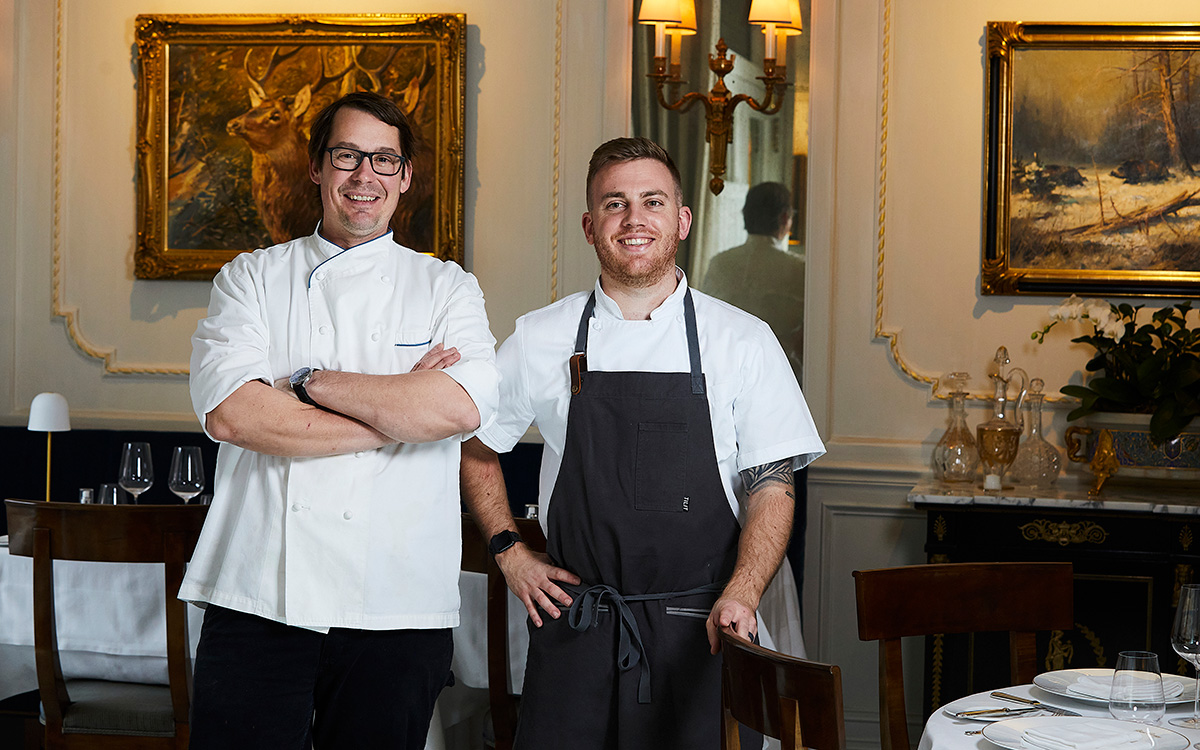
In a small Eastern Shore town filled with boutiques, galleries, and the occasional cry of waterfowl from the Chesapeake, Chef Harley Peet is most at home. In his Viennese-inflected, Maryland-sourced fine-dining destination Bas Rouge, Peet draws from his Northern Michigan upbringing, Culinary Institute of America education, and identity as a gay man, for inspiration.
And recently, Peet was named a James Beard Finalist for Best Chef: Mid-Atlantic – the first “Best Chef: Mid-Atlantic” finalist representing the Eastern Shore.
Peet, after graduation from the Culinary Institute of America, took a position as sous chef at Tilghman Island Inn, not far from Bas Rouge. Falling in love with the Eastern Shore, he continued his passion for racing sailboats, boating, gardening, and fishing, and living his somewhat pastoral life as he opened Bas Rouge in 2016 as head chef, a restaurant part of the Bluepoint Hospitality group, which runs more than a dozen concepts in and around Easton, Md.
Coming from a rural area and being gay, Peet knew he had his work cut out for him. He was always aware that the service and hospitality industry “can be down and dirty and rough.”
Now as a leader in the kitchen, he aims to “set a good example, and treat people how I want to be treated. I also want to make sure if you’re at our establishment, I’m the first to stand up and say something.”
The Bas Rouge cuisine, he says, is Contemporary European. “I’m inspired by old-world techniques of countries like Austria, Germany, and France, but I love putting a new spin on classic dishes and finding innovative ways to incorporate the bounty of local Chesapeake ingredients.”
His proudest dish: the humble-yet-elevated Wiener Schnitzel. “It is authentic to what one would expect to find in Vienna, down to the Lingonberries.” From his in-house bakery, Peet dries and grinds the housemade Kaiser-Semmel bread to use as the breadcrumbs.
Peet works to support the LGBTQ community inside and outside of the kitchen. “I love that our Bluepoint Hospitality team has created welcoming spaces where our patrons feel comfortable dining at each of our establishments. Our staff have a genuine respect for one another and work together free of judgment.”
Representing Bluepoint, Peet has participated in events like Chefs for Equality with the Human Rights Campaign, advocating for LGBTQ rights.
At Bas Rouge, Peet brings together his passion for inclusion steeped in a sustainability ethic. He sees environmental stewardship as a way of life. Peet and his husband have lived and worked on their own organic farm for several years. Through research in Europe, he learned about international marine sourcing. Witnessing the impacts of overfishing, Peet considers his own role in promoting eco-friendly practices at Bas Rouge. To that end, he ensures responsible sourcing commitments through his purveyors, relationships that have helped create significant change in how people dine in Easton.
“I have built great relationships in the community and there’s nothing better than one of our long-standing purveyors stopping in with a cooler of fresh fish from the Chesapeake Bay. This goes especially for catching and plating the invasive blue catfish species, which helps control the species’ threat to the local ecosystem.
Through his kitchen exploits, Peet expressed a unique connection to another gay icon in a rural fine-dining restaurant: Patrick O’Connell, of three Michelin starred Inn at Little Washington. In fact, Peet’s husband helped design some of O’Connell’s kitchen spaces. They’ve both been able to navigate treacherous restaurant-industry waters, and have come out triumphant and celebrated. Of O’Connell, Peet says that he “sees [his restaurants] as canvas, all artistry, he sees this as every night is a show.” But at the same time, his “judgment-free space makes him a role model.”
Being in Easton itself is not without challenges. Sourcing is a challenge, having to either fly or ship in ingredients, whereas urban restaurants have the benefit of trucking, he says. The small town “is romantic and charming,” but logistics are difficult – one of the reasons that Peet ensures his team is diverse, building in different viewpoints, and also “making things a hell of a lot more fun.”
Reflecting on challenges and finding (and creating) space on the Eastern Shore, Peet confirmed how important it was to surround himself with people who set a good example, and “if you don’t like the way something is going … move on.”
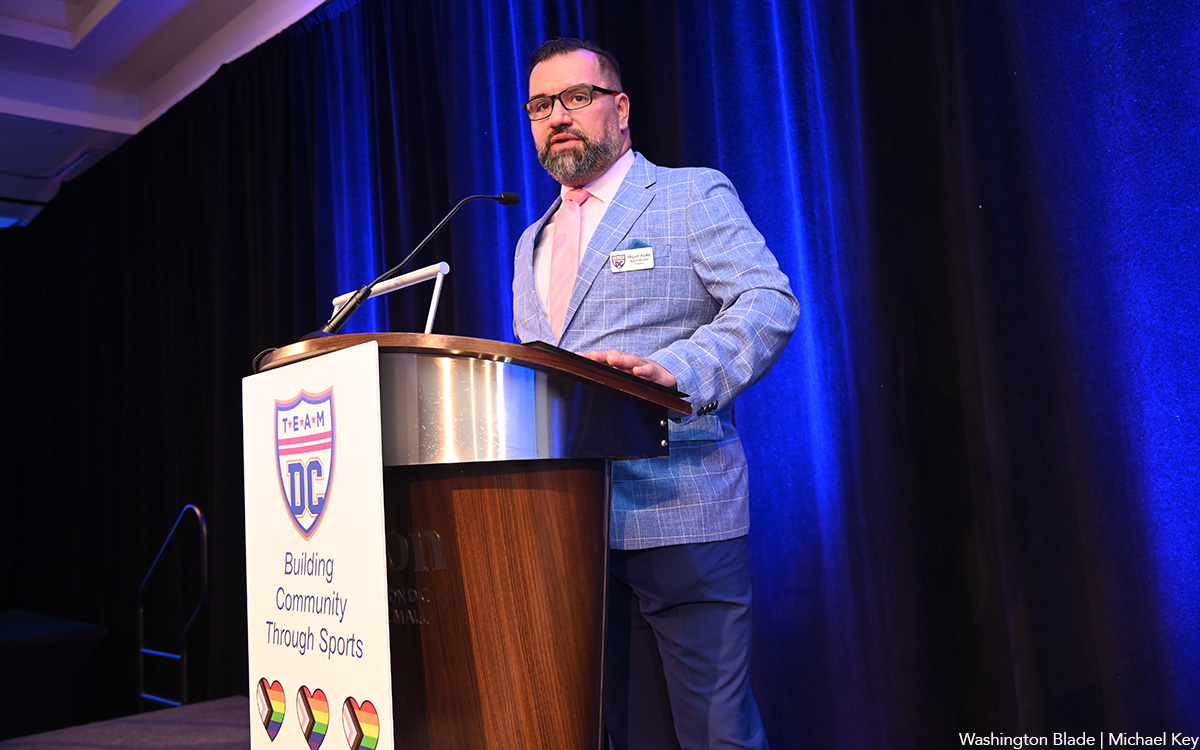
Team DC, the umbrella organization for LGBTQ-friendly sports teams and leagues in the D.C. area, held its annual Night of Champions Awards Gala on Saturday, April 20 at the Hilton National Mall. The organization gave out scholarships to area LGBTQ student athletes as well as awards to the Different Drummers, Kelly Laczko of Duplex Diner, Stacy Smith of the Edmund Burke School, Bryan Frank of Triout, JC Adams of DCG Basketball and the DC Gay Flag Football League.
(Washington Blade photos by Michael Key)
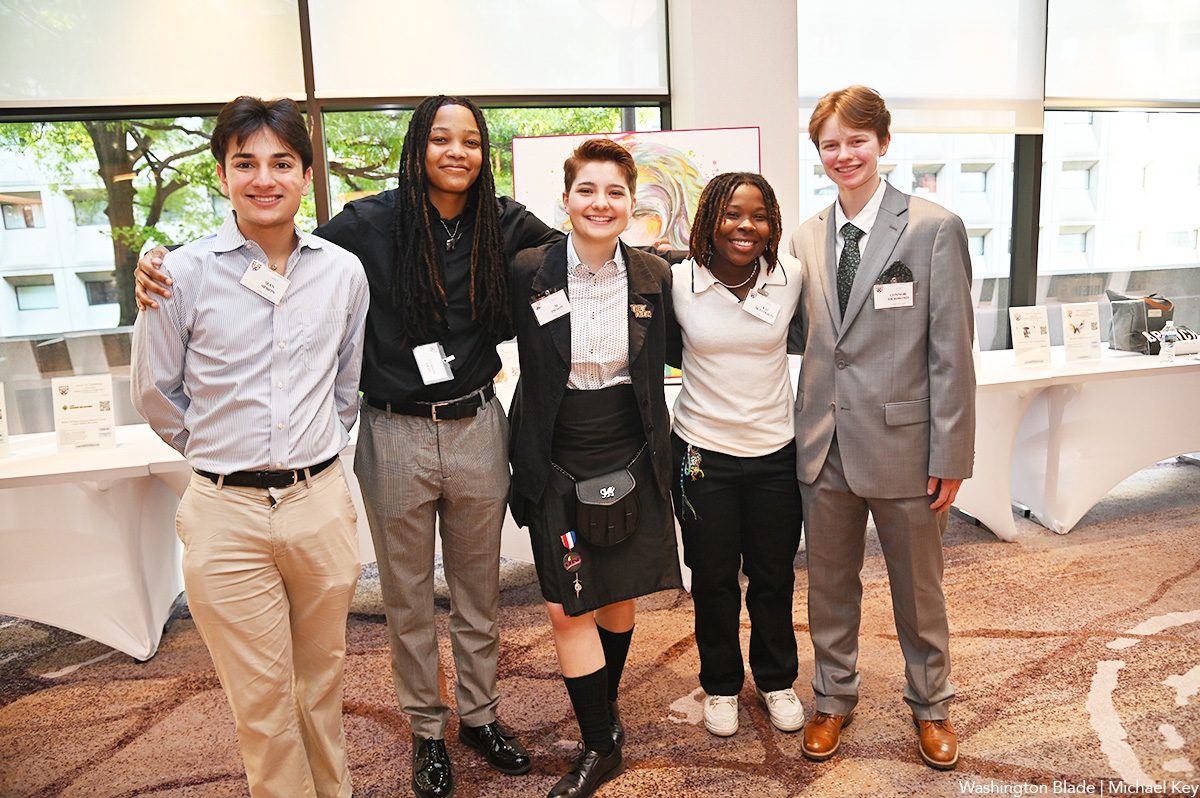
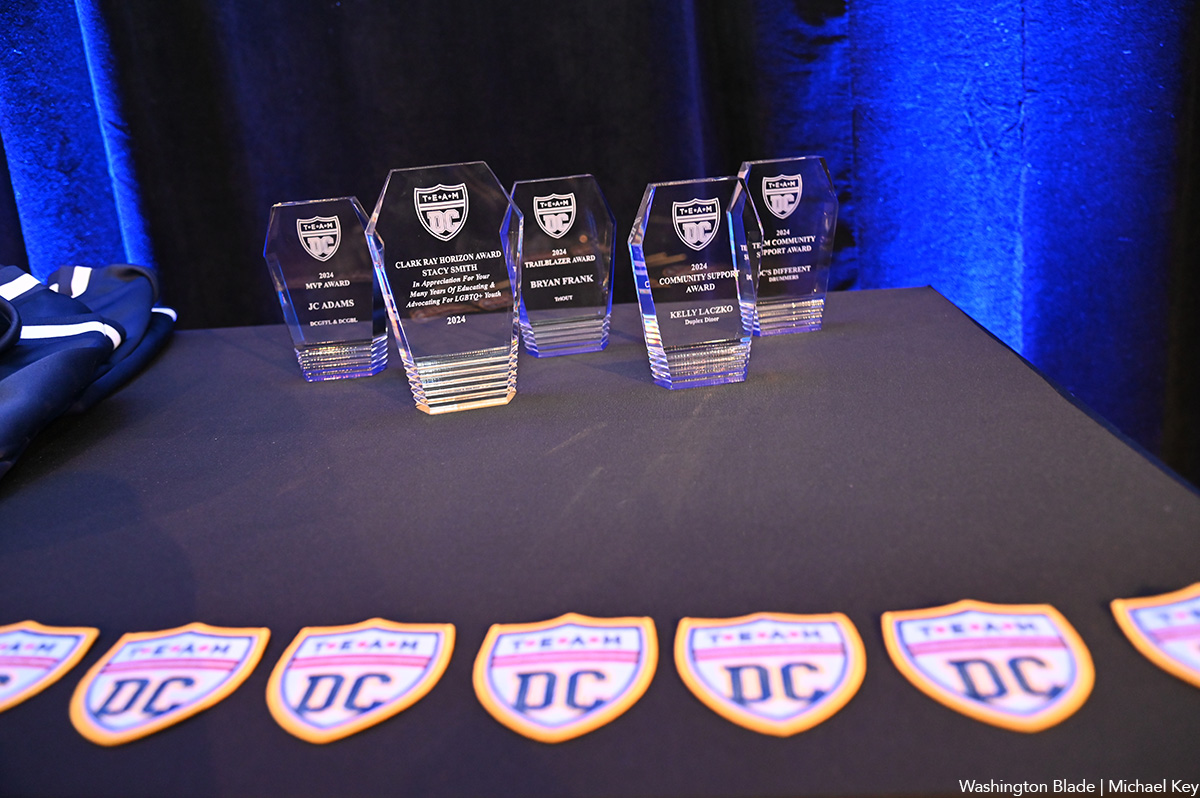
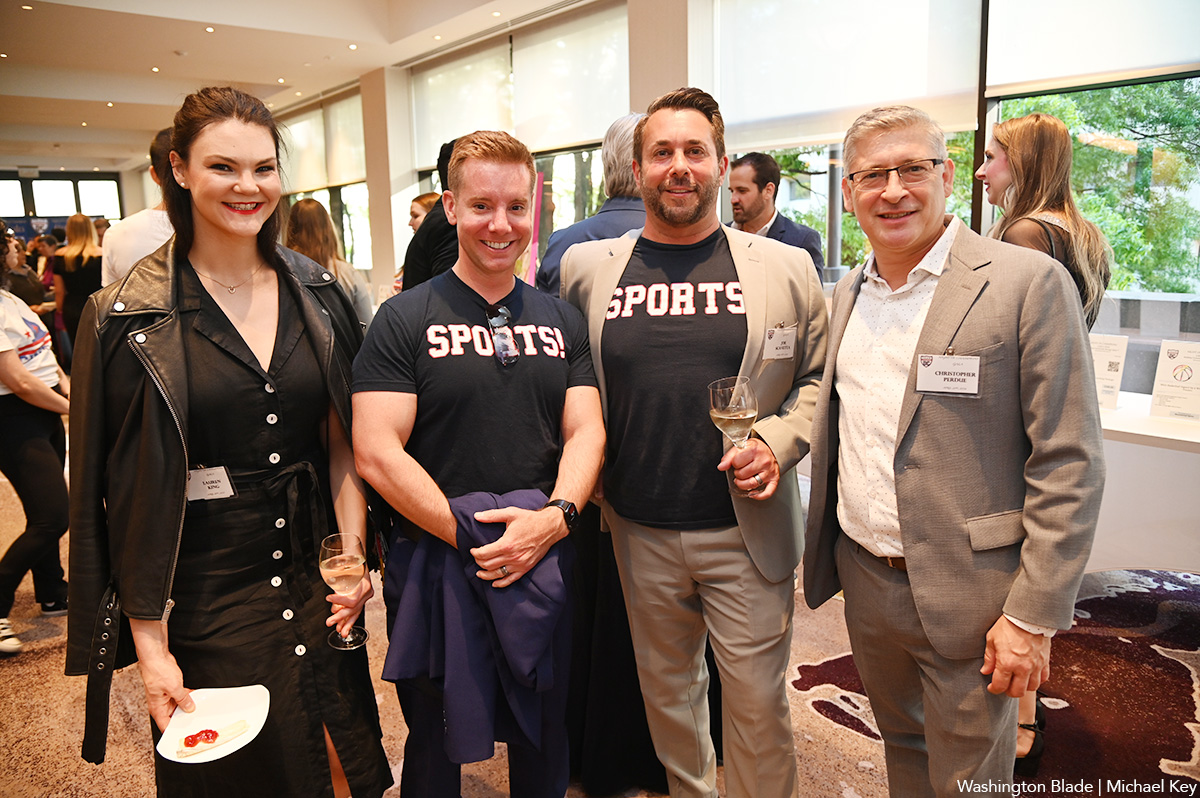
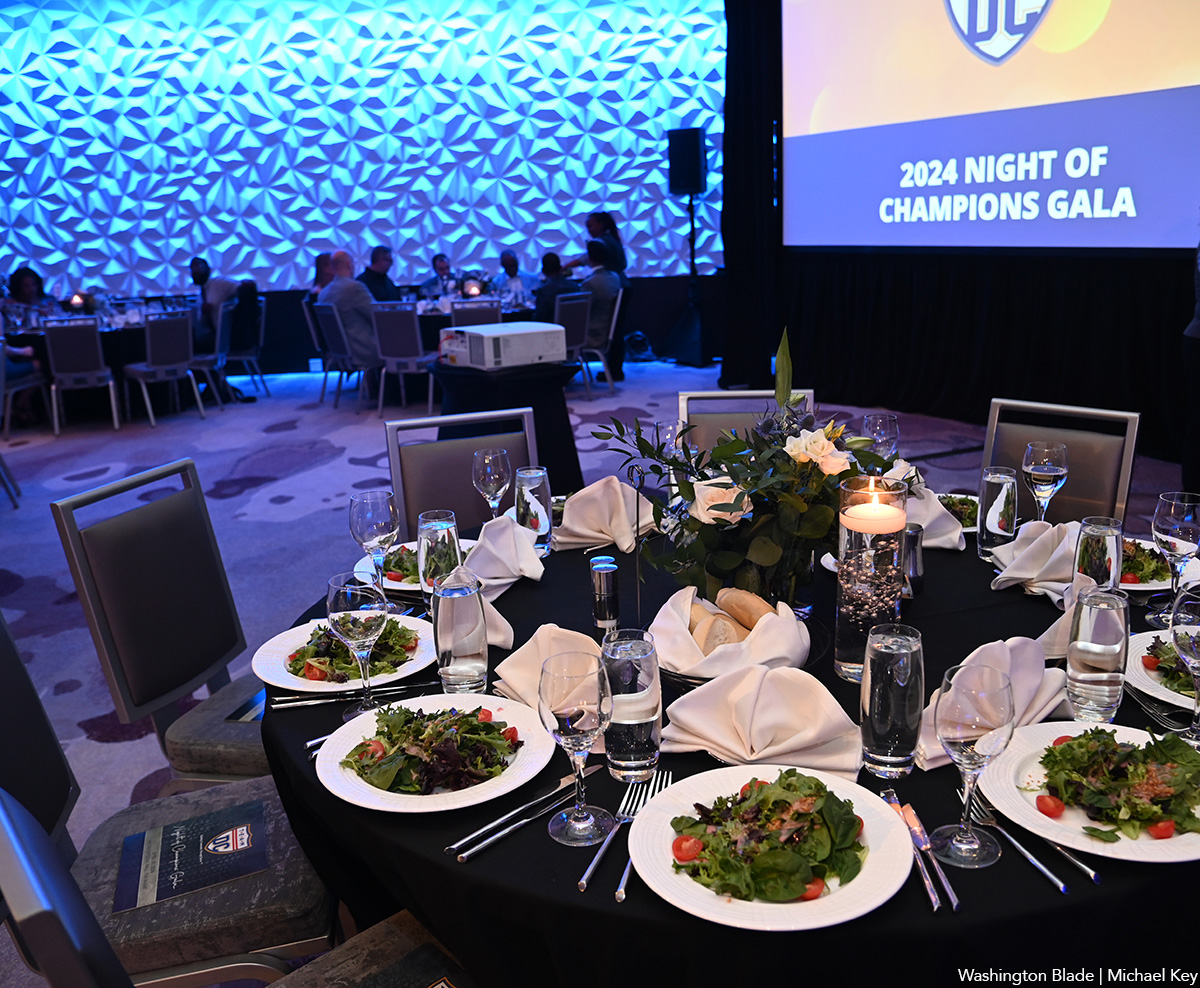
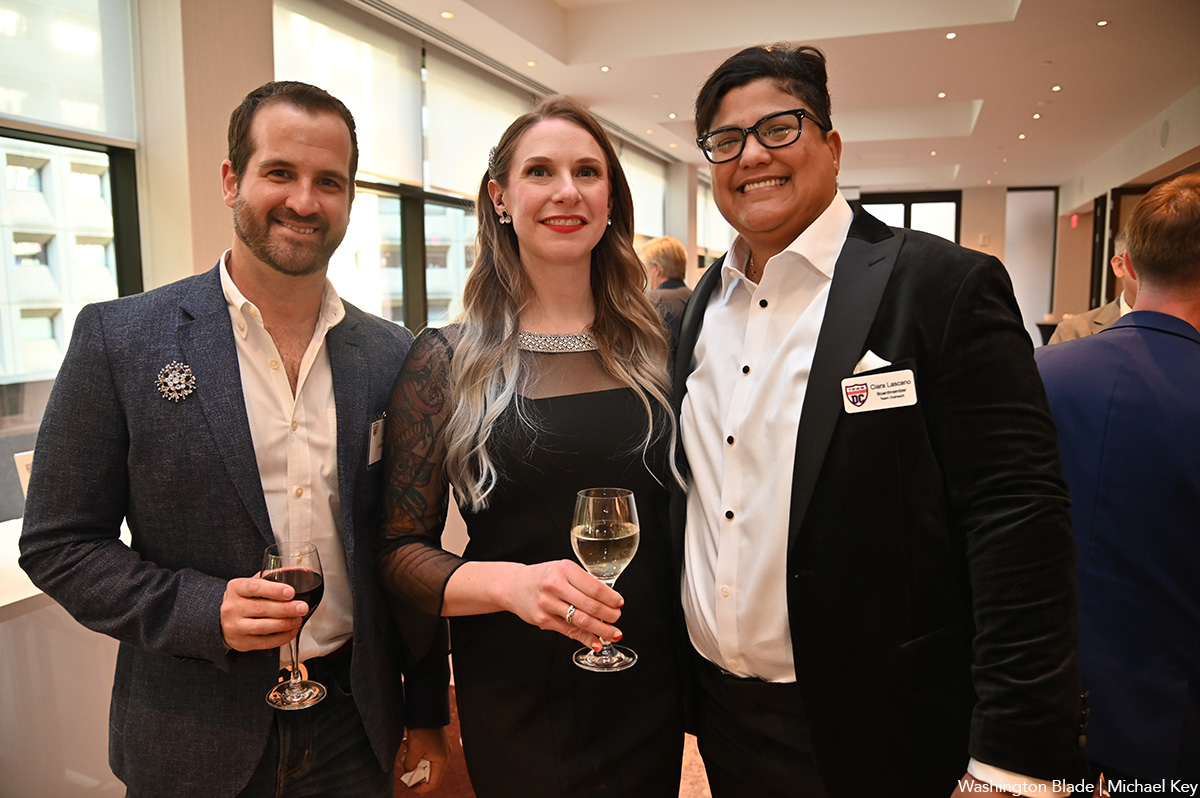
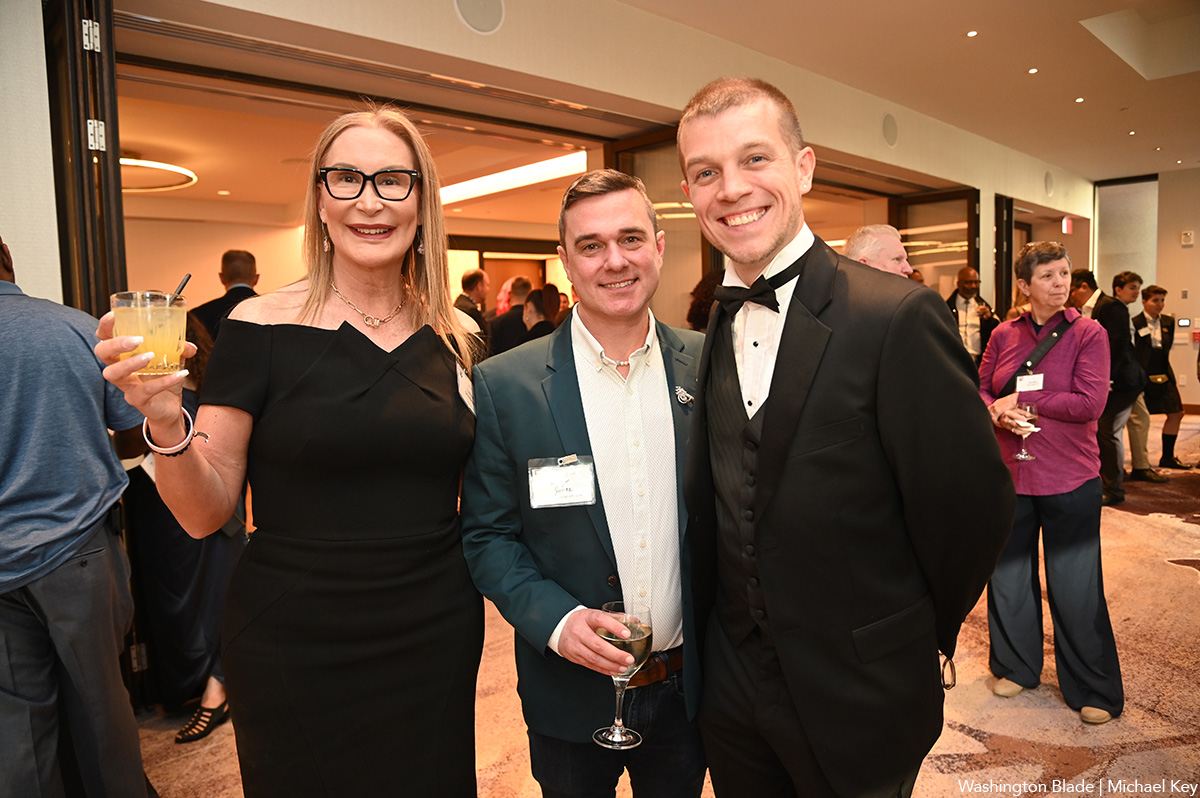
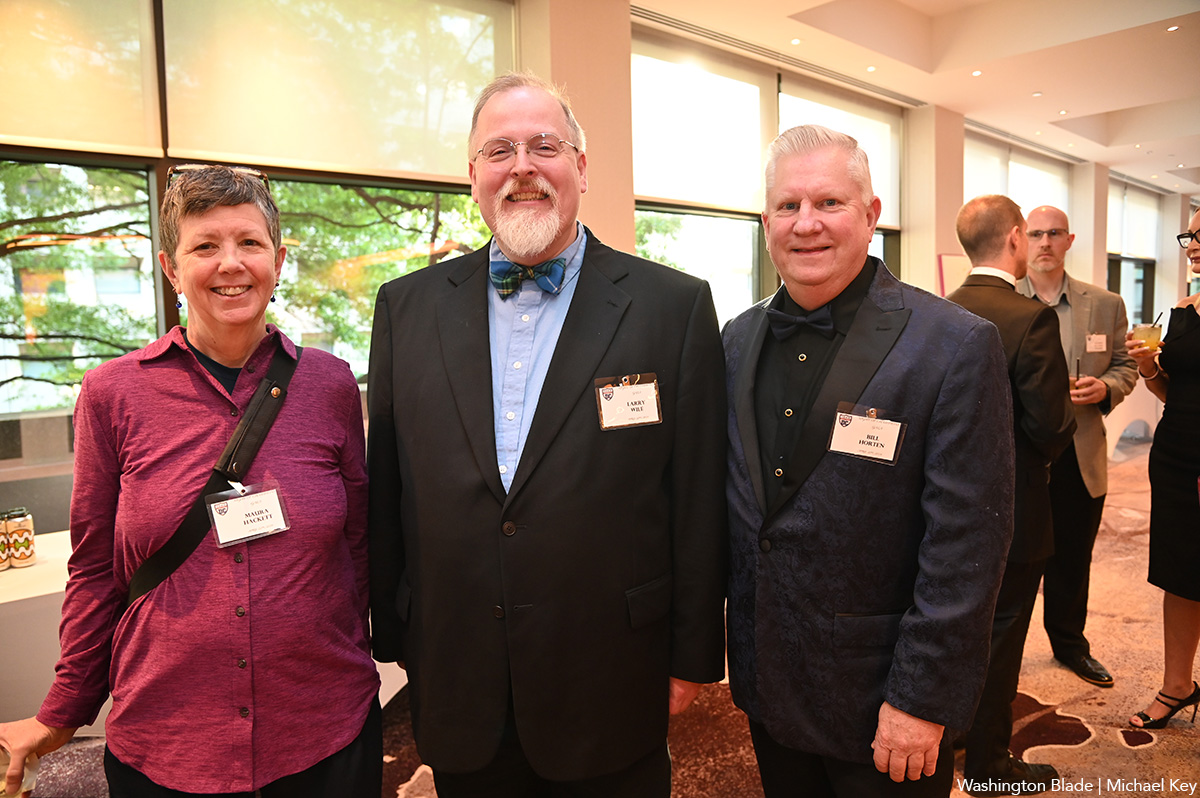
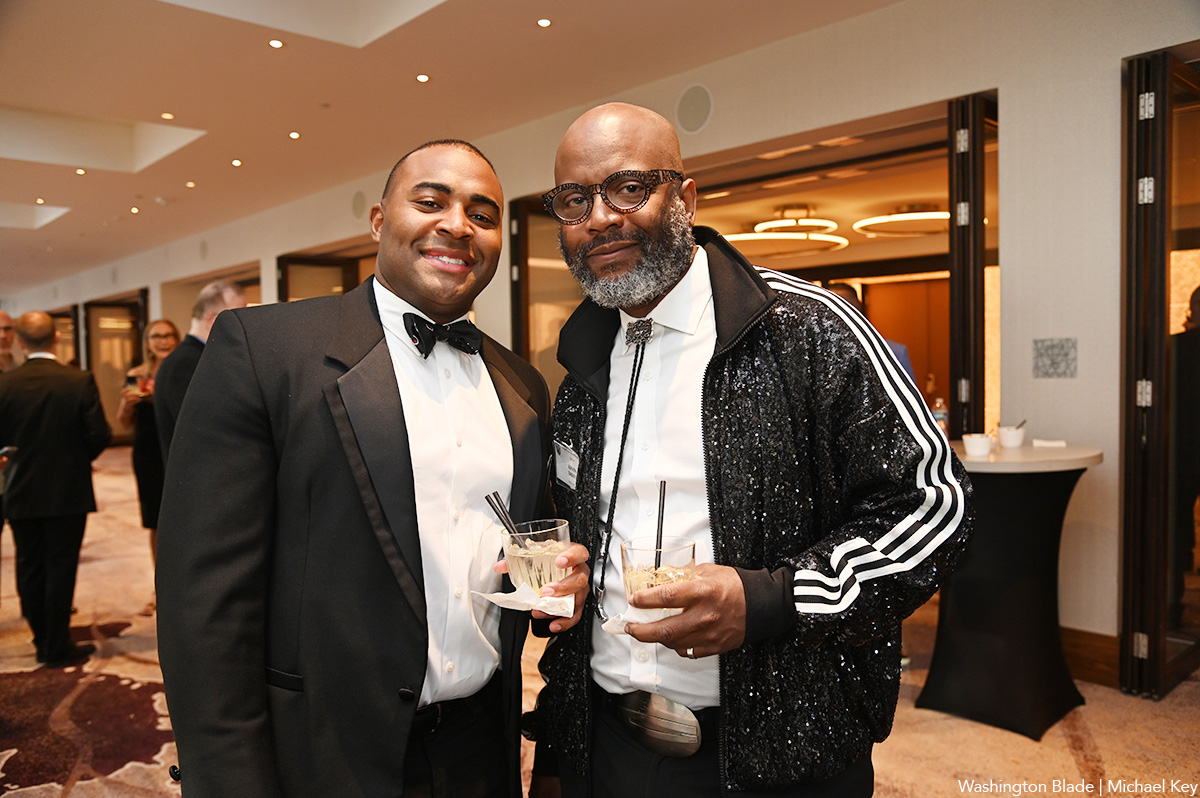
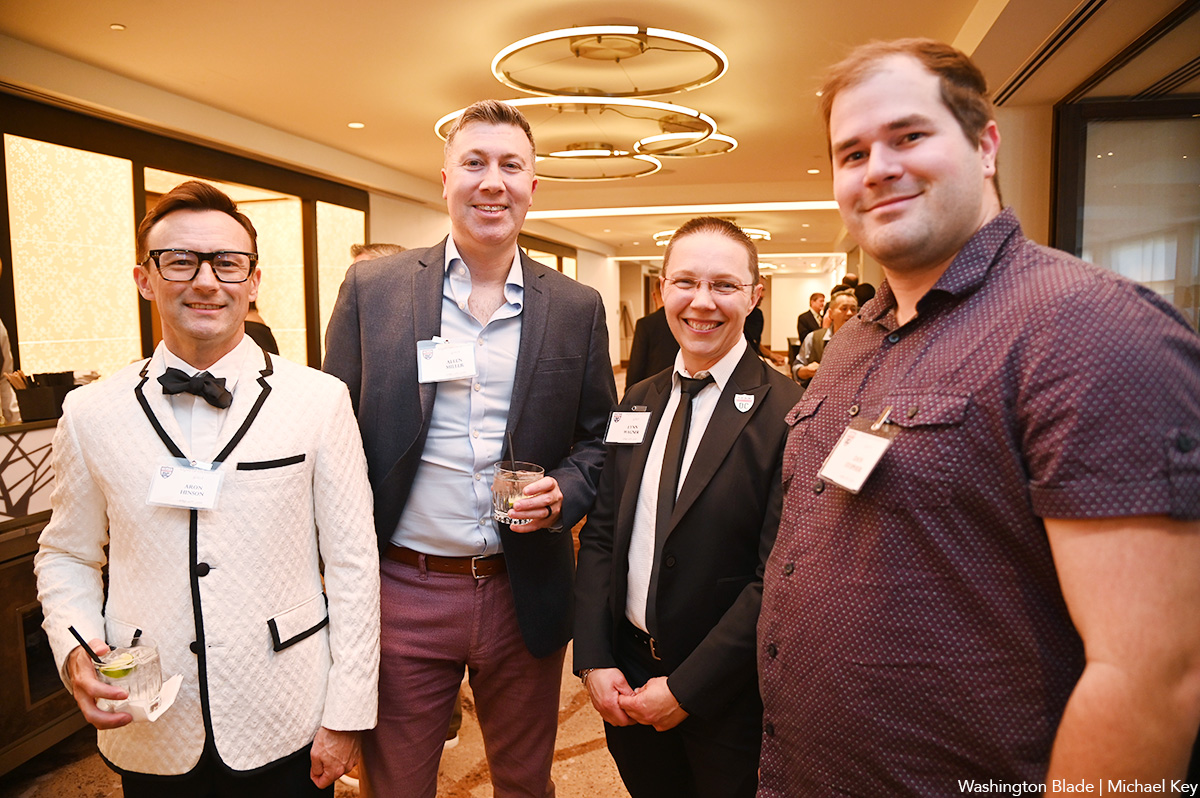
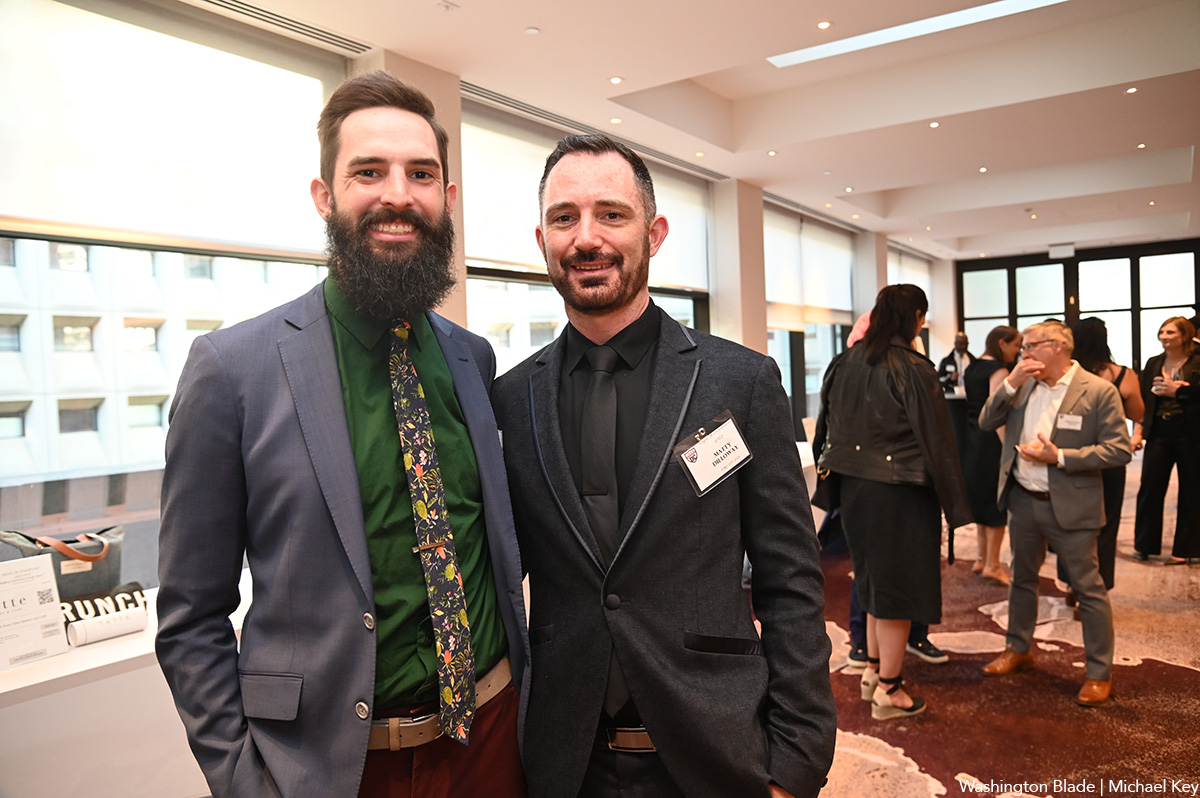
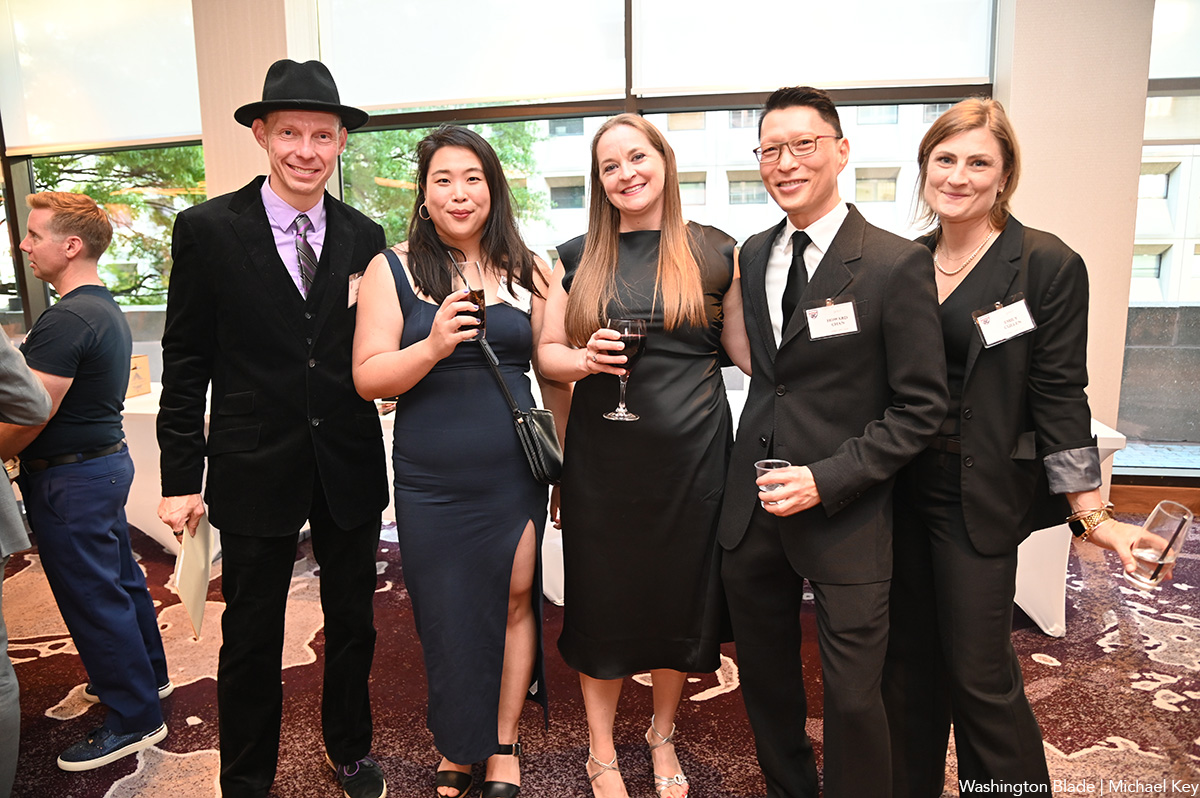
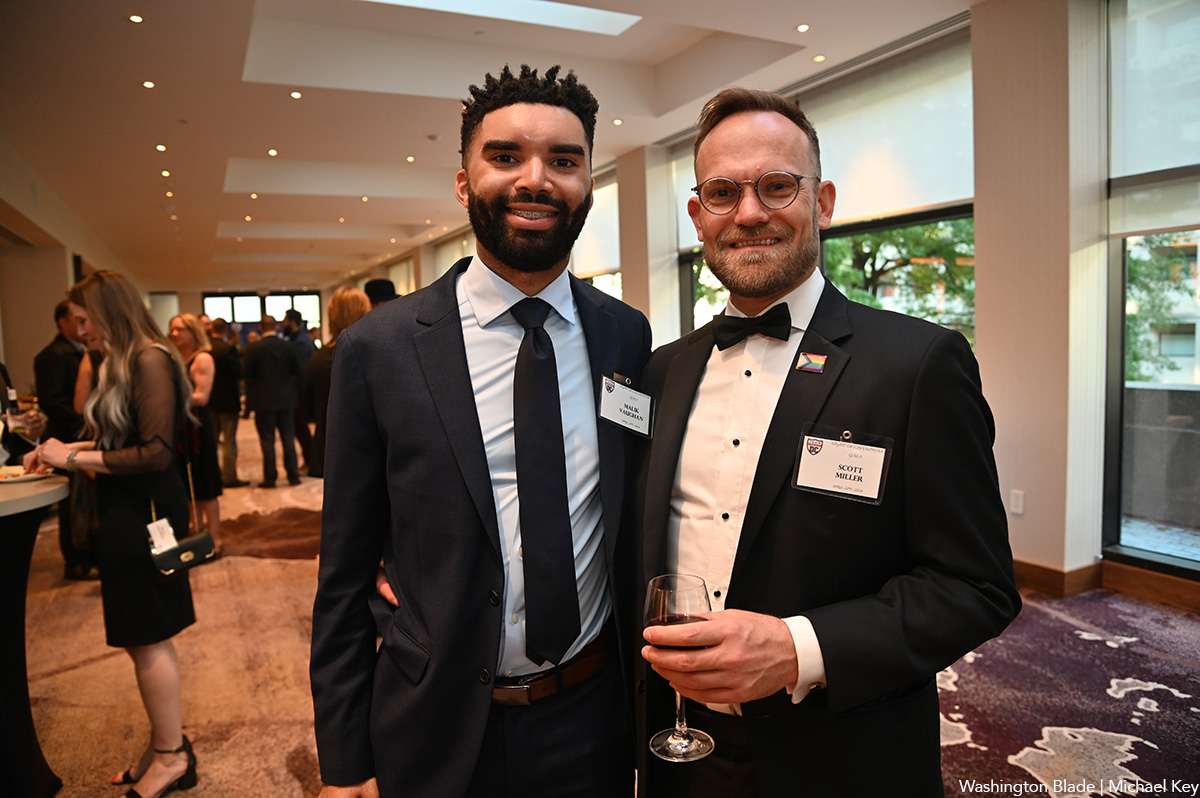
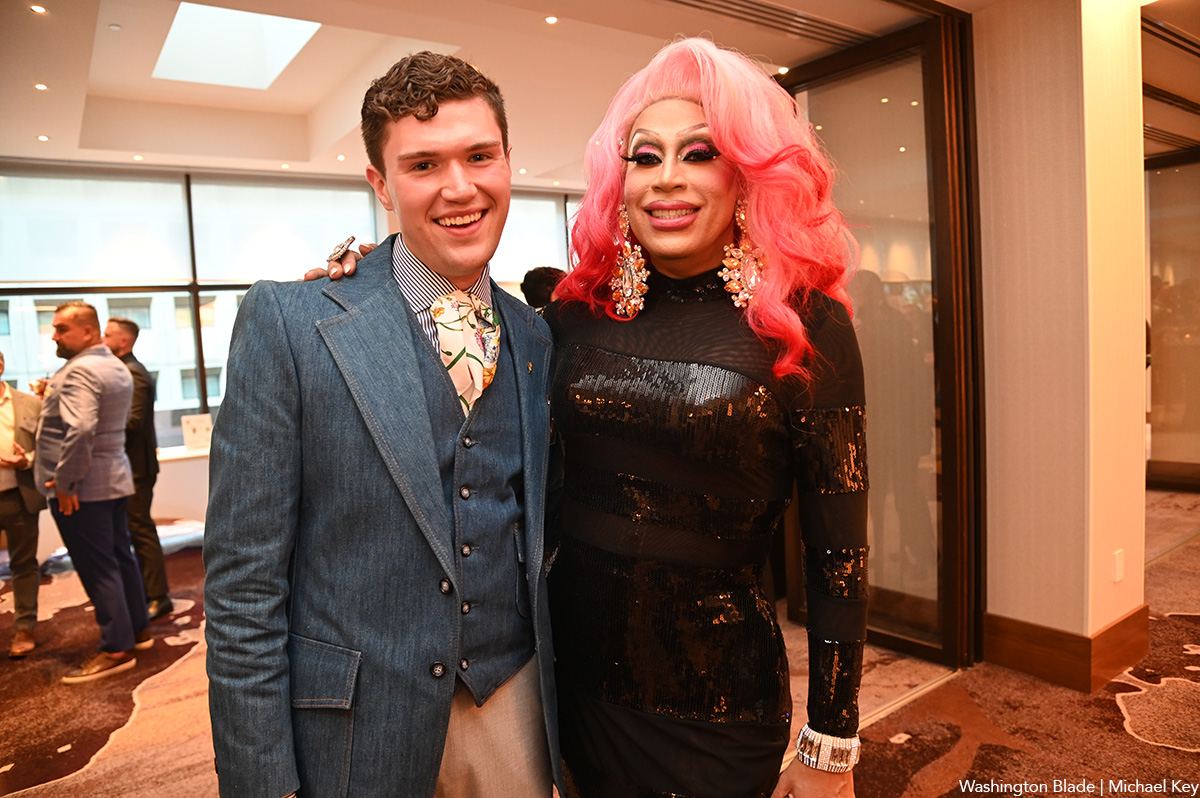
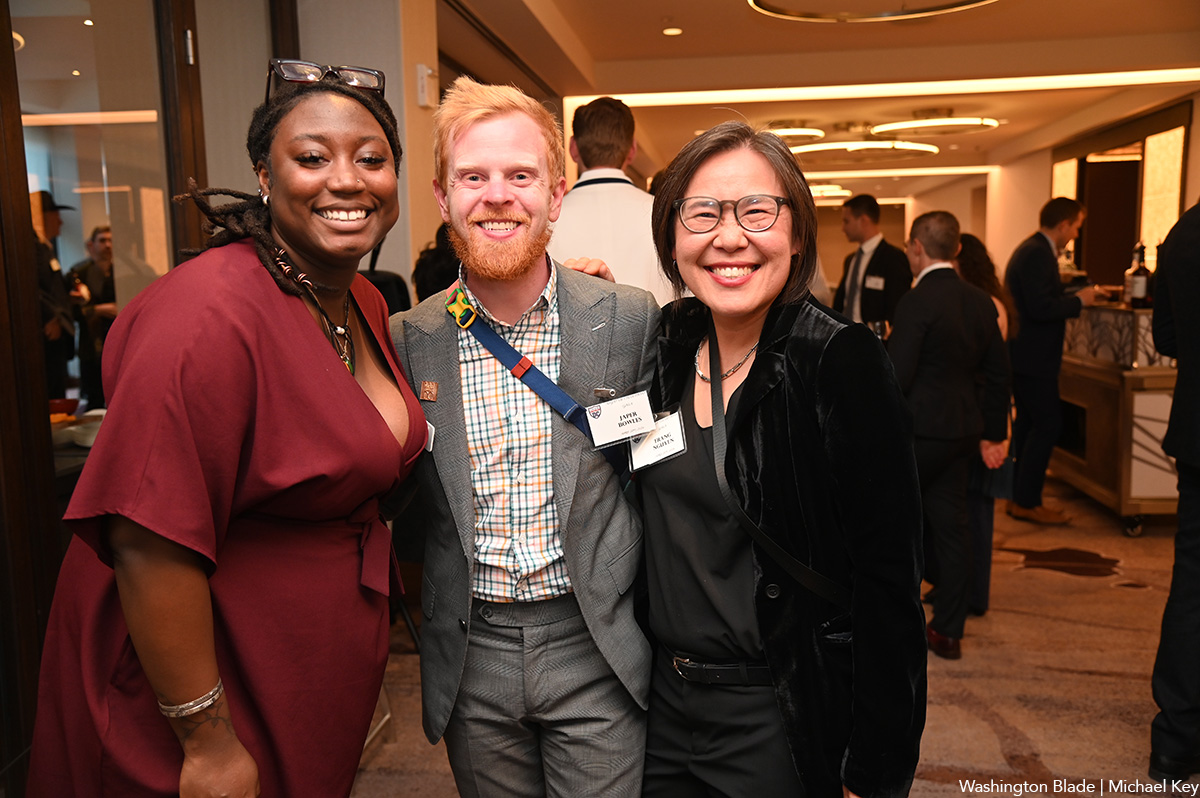
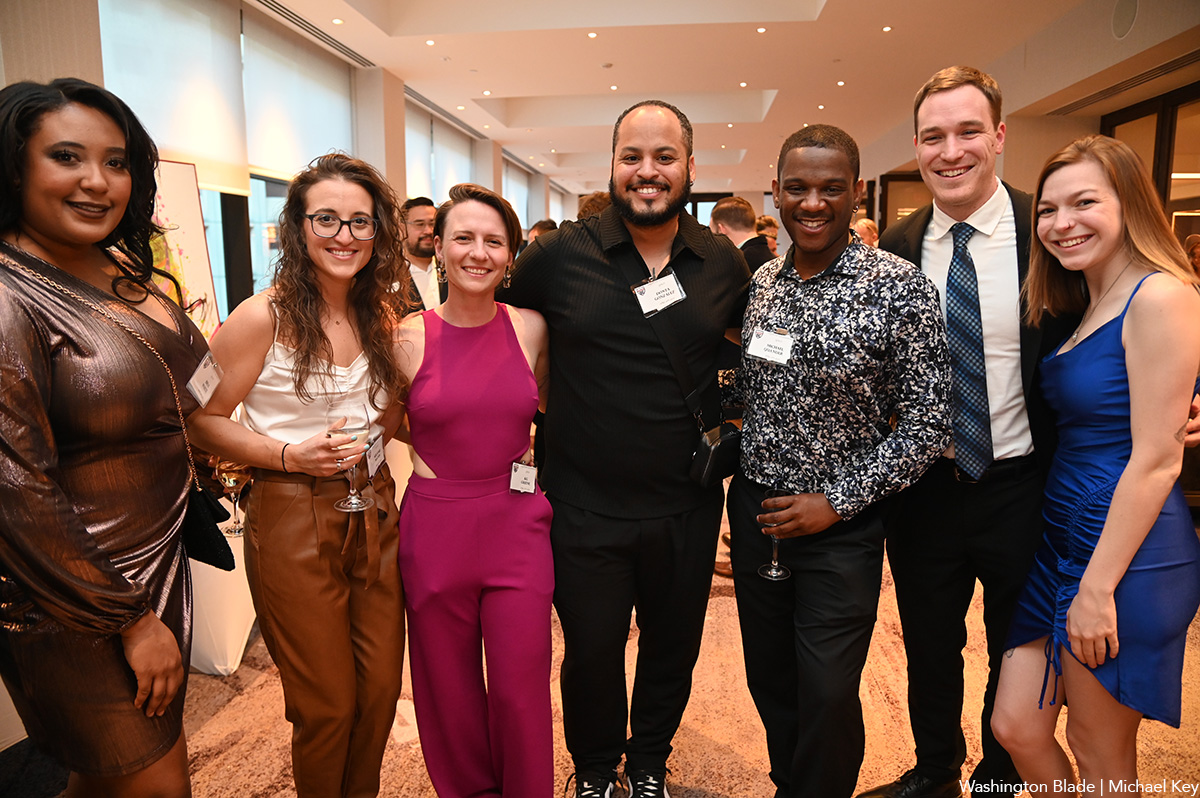
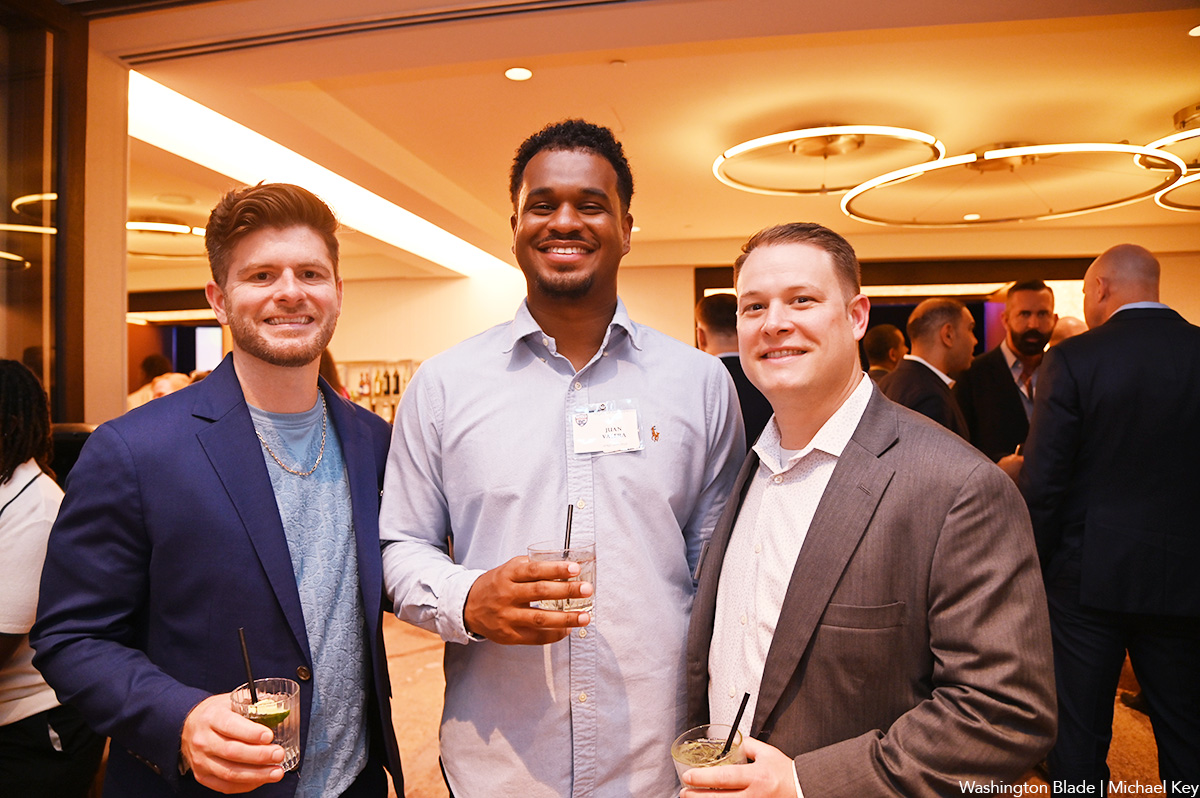
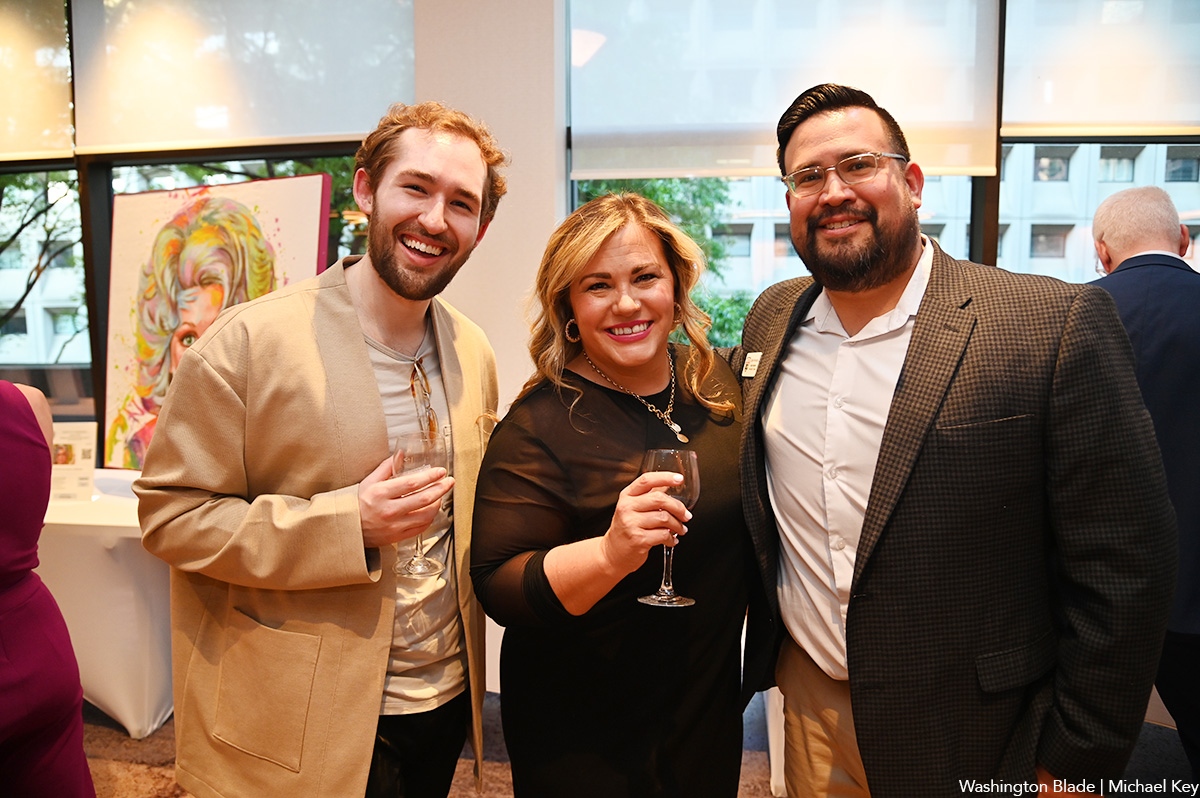
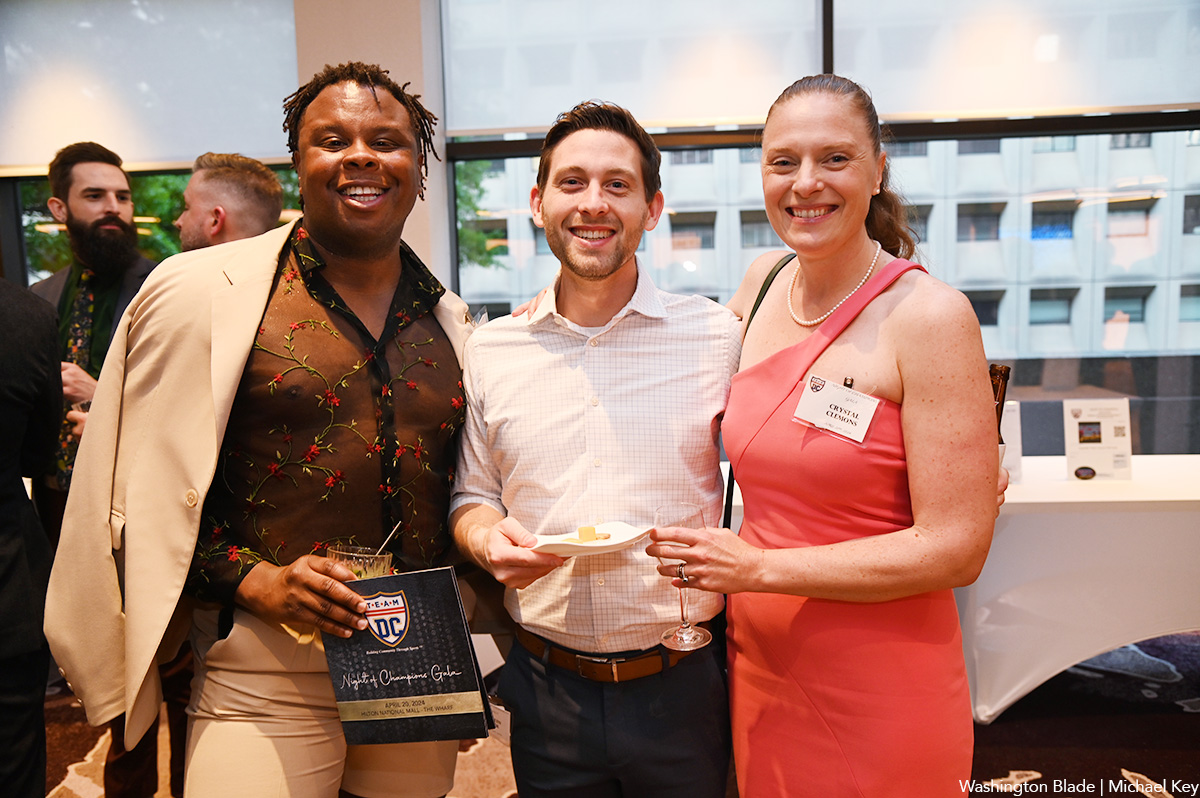
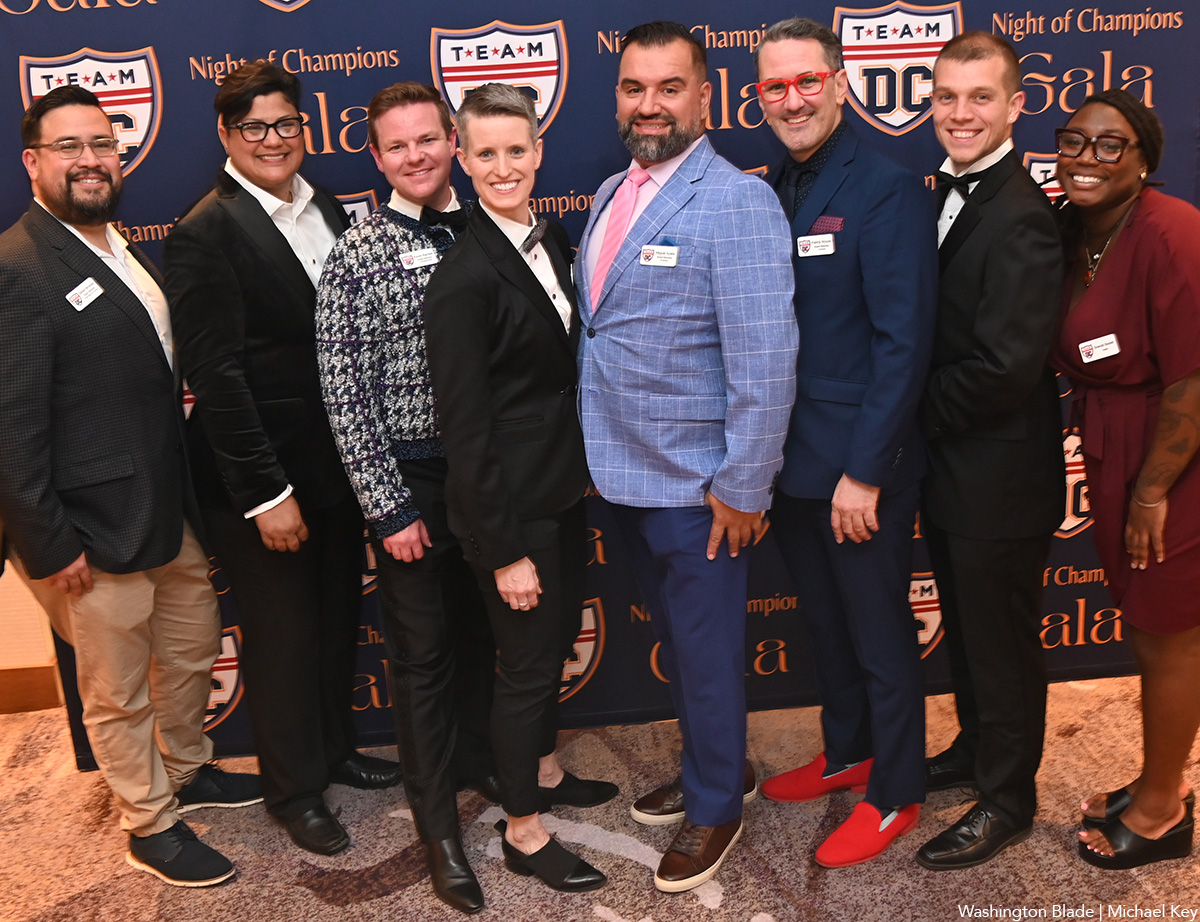
-

 State Department3 days ago
State Department3 days agoState Department releases annual human rights report
-

 Maryland4 days ago
Maryland4 days agoJoe Vogel campaign holds ‘Big Gay Canvass Kickoff’
-

 Politics3 days ago
Politics3 days agoSmithsonian staff concerned about future of LGBTQ programming amid GOP scrutiny
-

 District of Columbia20 hours ago
District of Columbia20 hours agoCatching up with the asexuals and aromantics of D.C.

